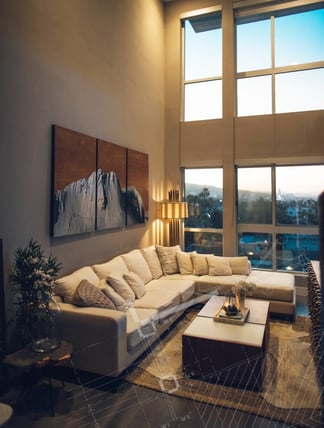The Beauty of Buildings: A Guide to Architectural Aesthetics
Dive into the fascinating world of architecture. Understand the various types, styles, and the impact of architecture on our lives.
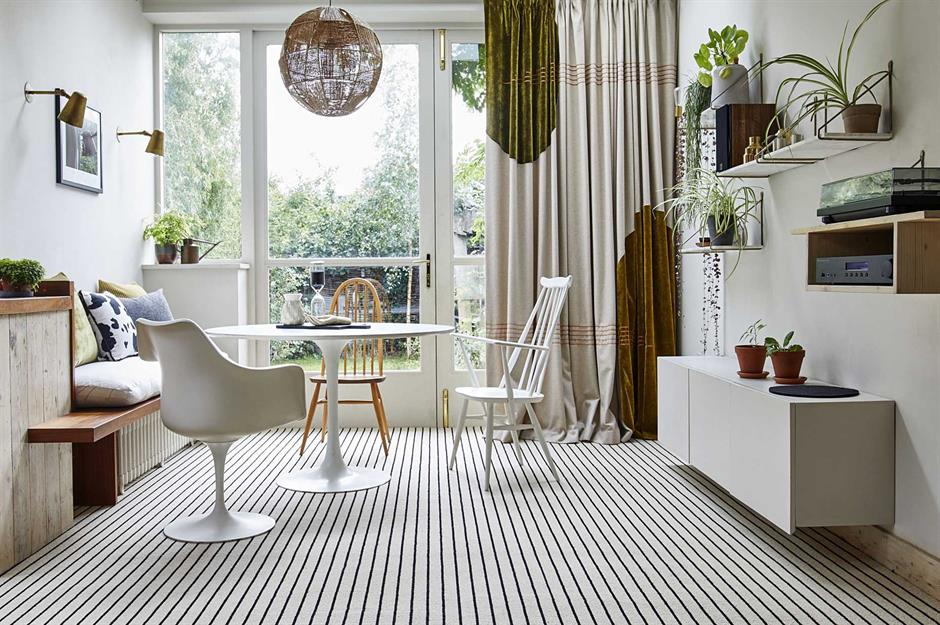
Some structures in your city may attract your attention more than others. Even though engineering fundamentals are very similar, you may question what makes one structure more attractive than the other. The short answer is architecture. In this blog guide, Mimari Expert will provide an overview of architecture, its styles, and its importance in our lives.
The Importance of Architecture
Architecture is an art that provides us with buildings that serve a specific function and contribute to improving the aesthetic image of societies within a specific vision that achieves development and urbanization.
Architecture exists primarily to provide the physical environment in which people live, but it is also a component of our culture. It represents how we view ourselves and the world. Everything from the plan to the material finishes may influence occupant health, mood, and productivity. It has been demonstrated that employees who work in well-designed environments use fewer sick days, are more focused, and contribute more to their organization. Good architecture is essential for community development. Well-designed residential areas, public spaces, and facilities encourage social interaction and develop a sense of belonging.
A good design also makes it fun to go from one place to another. At the building size, how we move from one space to the next is a significant aspect of the design, both aesthetically and practically. At the city scale, these routes can be created and examined to ensure the efficient movement of people, commodities, and services.
Read also: What is Sustainable Architecture?
A Brief History of Architecture
Architecture is as old as civilizations, dating back to the creation of pyramids and temples in Egypt and Greece. As cultures expanded, increasingly sophisticated architectural systems arose. Ziggurats, stepping temples that functioned as religious and governmental centres in ancient Mesopotamia, are among the oldest attested architectural components. Following this came Ancient Egypt's spectacular pyramids.
Later, the Greeks and Romans established the foundations of classical architecture, leaving a legacy that can still be seen across the Mediterranean globe, including properly proportioned columns, aqueducts, amphitheatres, and triumphal arches, among others.
Key Architectural Styles That Shaped the World
Major architectural styles have emerged throughout history, reflecting the brilliance and inventiveness of its people. Here are a few of the most popular styles.
Classical Style
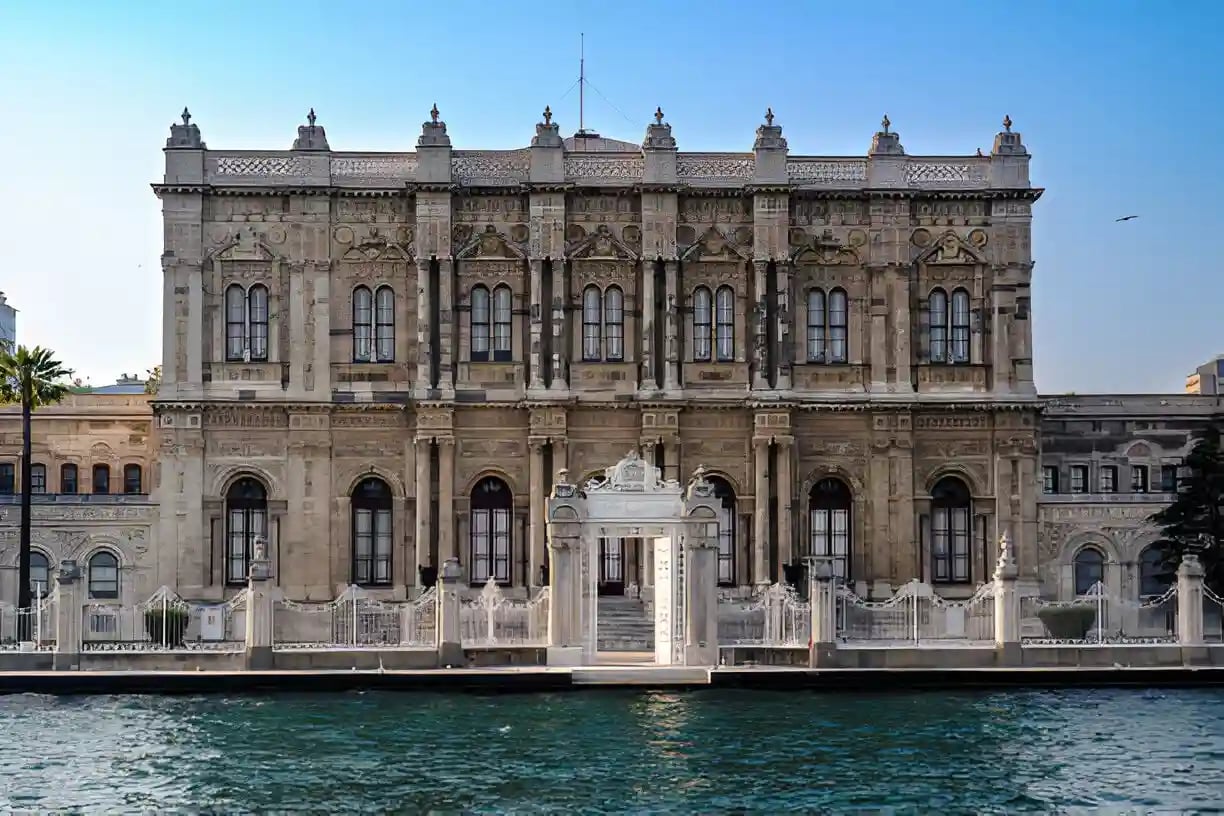
Classical architecture started in ancient Greece and Rome, and it is distinguished by symmetry, columns, rectangular windows, and marble, to mention a few. For millennia, builders have drawn inspiration from these civilizations and adapted old principles into future architectural forms.
Classical architecture is characterized by its:
- Balanced and symmetrical designs.
- Ornate columns.
- Intricate details.
- Use of natural materials like stone and marble.
Read also: Istanbul: Time Travel Through Architecture.
Gothic Style
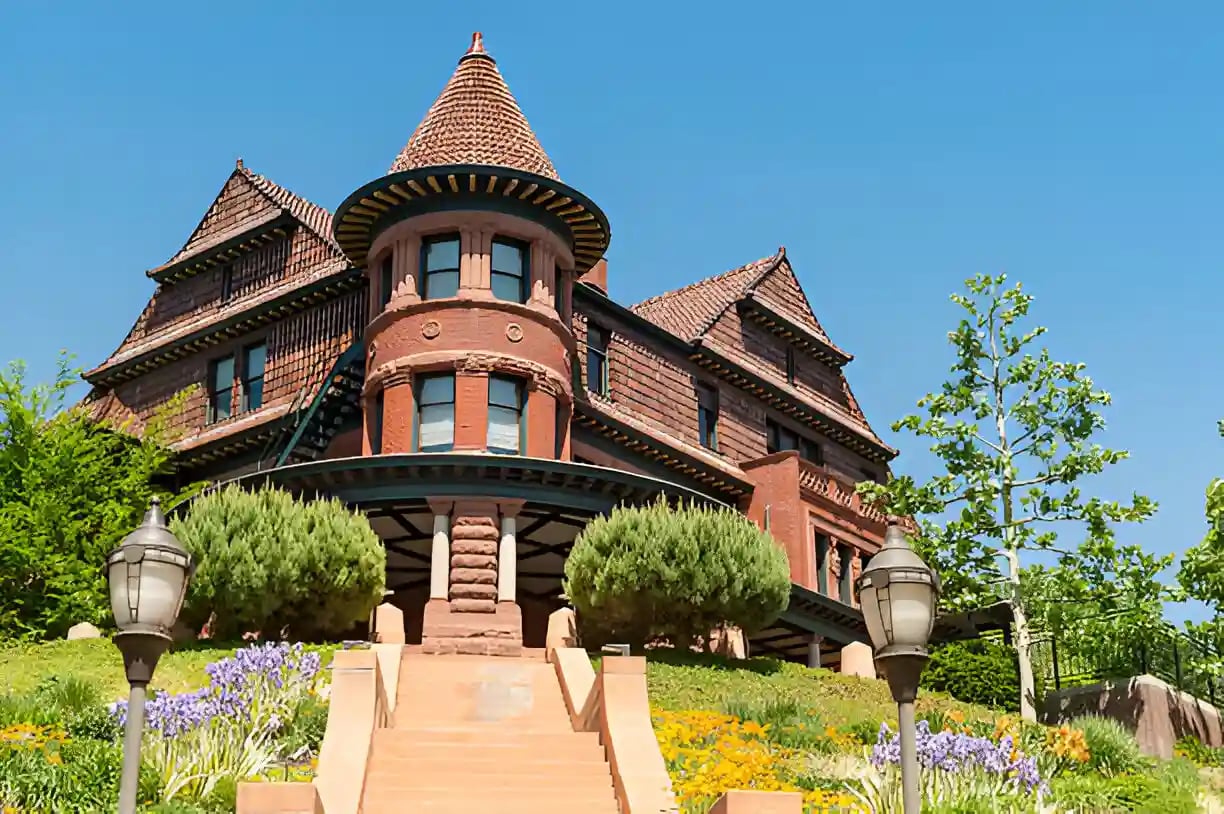
Gothic architecture was a European architectural style that existed from the mid-12th century to the 16th century, specifically a kind of masonry construction typified by vast halls with expanses of walls broken up by overlay tracery.
Gothic architecture is characterized by its:
- Vertical designs.
- Pointed arches and flying buttresses.
- Stained glass windows.
- Tall, pointed roofs and arches.
Modern Style
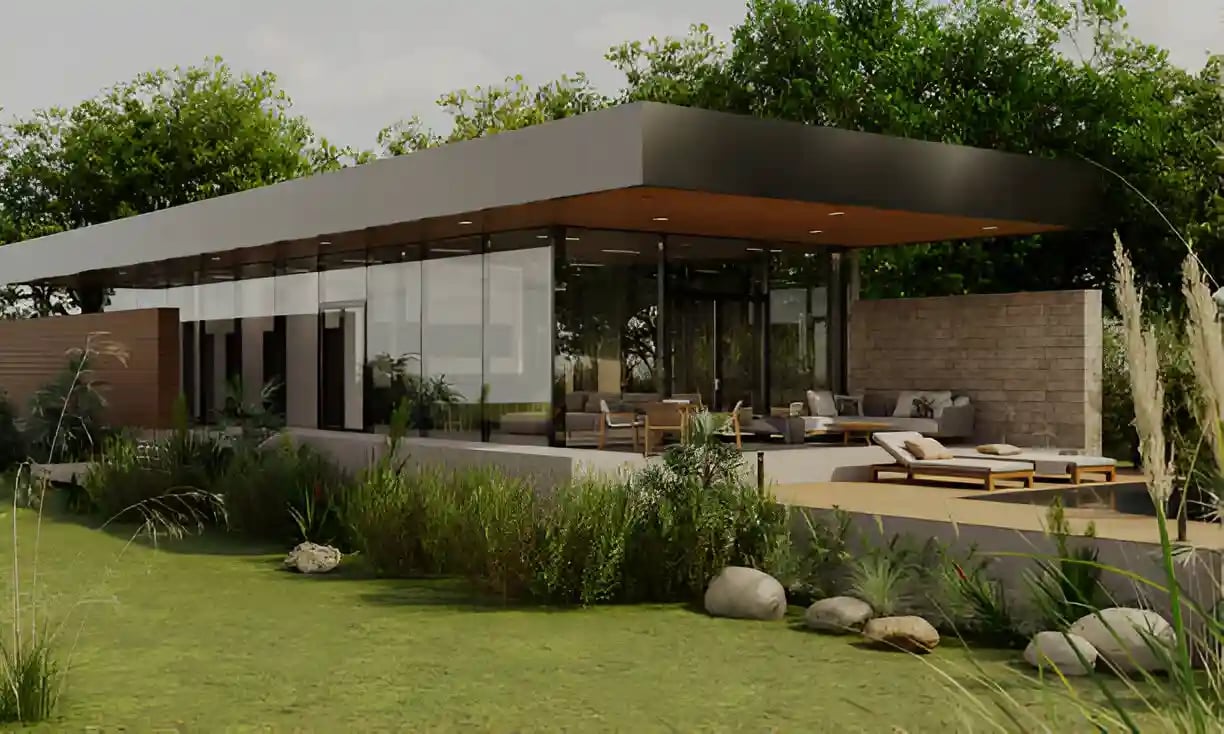
Modern architecture is a style of architecture that thrived from the early to mid-twentieth century. Modern architecture rejects the ornate traditions of the past in favour of clean lines, efficient design, and open floor layouts. Modern architects like Frank Lloyd Wright created a new world of architecture with form following function design, and a slew of midcentury designers revolutionized the built landscape and the realm of interior design with midcentury modern furniture, which is still hugely popular today.
Features of the modern style:
- Simplicity and functionality.
- Geometric shapes.
- Industrial materials.
- Integration between the interior and exterior.
Baroque Style
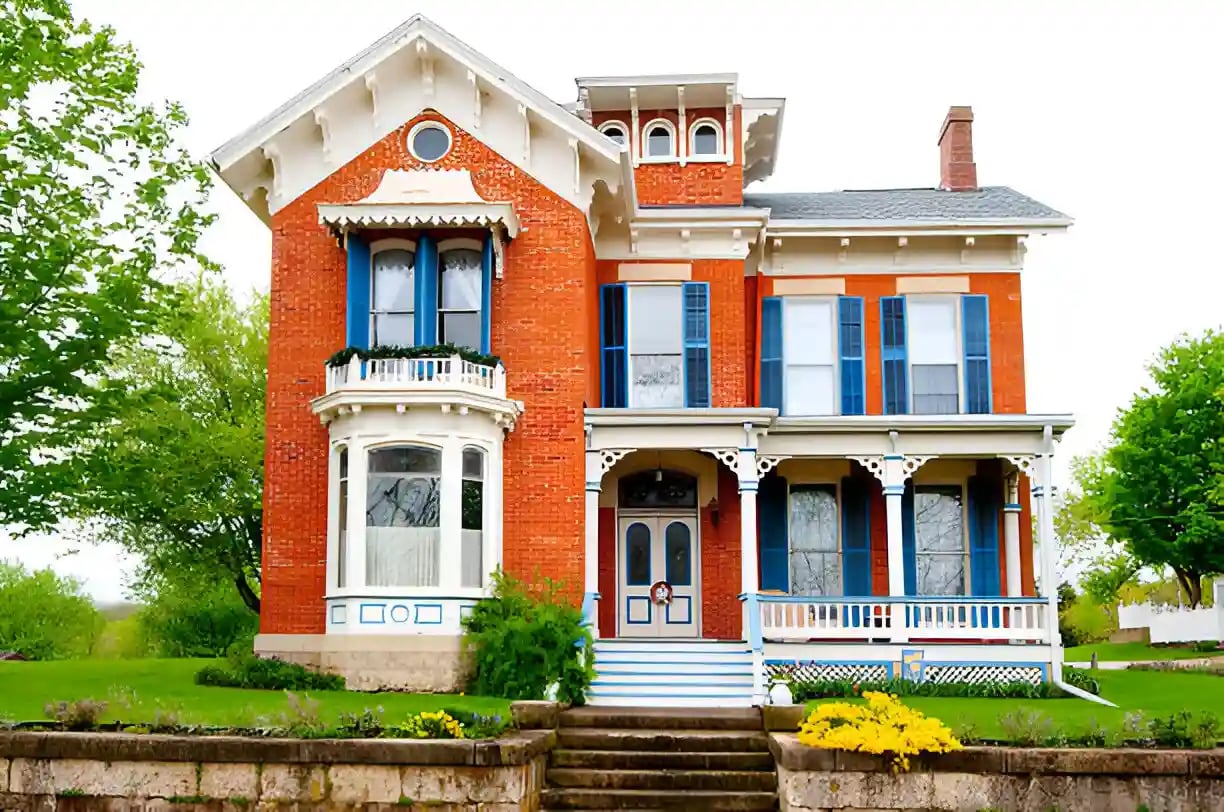
Baroque architecture is an architectural style that emerged in late 16th-century Italy and persisted in some countries, particularly Germany and colonial South America, until the 18th century. It began during the Counter-Reformation when the Catholic Church made an explicitly emotive and sensory appeal to the faithful via art and architecture. Complex architectural plan forms, frequently centred on the oval, as well as dynamic opposition and interpenetration of spaces, were used to enhance the sense of motion and sensuality.
Features of the Baroque Style:
- Opulence and Intricate Details.
- Rich Colors.
- Curved Shapes.
- Heavy Architectural Ornamentation.
Key Principle of Architectural Design
The design principle is the foundation on which shapes and spaces are created. They ensure any building is both visually beautiful and useful for humans to live in.
- Balance: It is an important aspect that practically all architectural designers incorporate. Balance in this context typically refers to the balance of visible weight in a building. A designer constantly creates a balance among elements' visual weight and places it correctly. Visual weight is necessary for a viewer to achieve equilibrium in sight. The balance might be drawn symmetrically or asymmetrically.
- Hierarchy: Certain design features must be accentuated more than others. This is when hierarchy comes into play. Architectural hierarchy entails prioritizing key parts and giving them more space or attention than others. According to this idea, the building's principal element will emerge first or take up more area, followed by the lesser crucial element.
- inner and outside space: This aspect governs how the building is utilized and how people interact with its inner and exterior environments. The quality of the design is determined by the appropriate arrangement of these areas, which must suit the demands of consumers while also providing comfort.
- Unity: The design notions of balance and unity are inextricably linked. It ensures that there is an underlying tale or mood that connects all of the diverse pieces into one cohesive composition, allowing each aspect to shine without disrupting the total.
- Rhythm: Rhythm is the purposeful variety of design components that gives the observer the impression of repeated sights. This can be expressed as intervals, random, or gradated inflexions that vary in proportion with each repetition.
Related: The Benefits of Using 3D Design in Architecture.
The Intersection of Architecture and Interior Design
When architects and interior designers work together from the start of a project, they can ensure that the interior spaces match the architectural design. This seamless integration creates a consistent appearance and feel, with the outside and inside complementing one another.
Architects create the basis for the structure, and interior designers optimize the arrangement for functionality. For example, an architect may create an open floor plan, and an interior designer would arrange the furniture and décor to improve the flow and use of the area.
Book a Free Consultation with Mimari Expert
Turn your dream home into reality with Mimari Expert. Enjoy free consultations for interior and exterior design. Our experts will help you create a space that's both beautiful and functional.
Book your free consultation now!
Some Of Our Works And Case Studies For Clients
Schedule a free consultation
You can get your free consultation by communicating with us.
